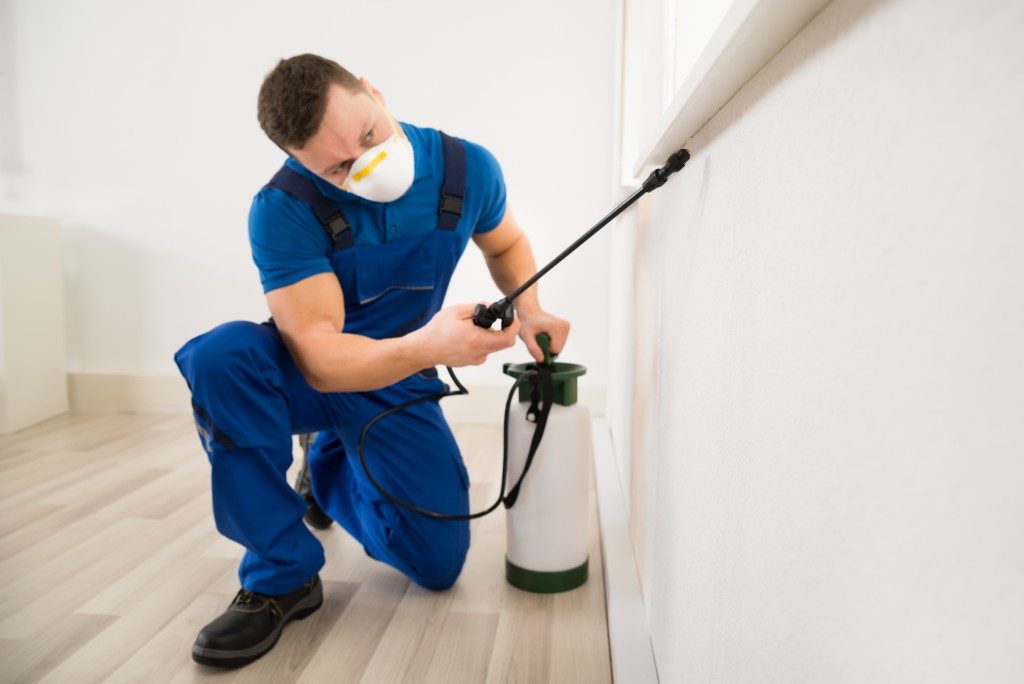Common and seemingly harmless pests could result in very serious health issues. Pests like rodents, cockroaches, mosquitoes and the usual chemicals used for controlling them could trigger and cause asthma and allergies when these contaminate your home’s indoor air quality.
According to the EPA, Environmental Protection Agency, before you consider using pesticides or call in your local exterminator in Attleboro, MA, try to create and implement an IPM or integrated pest management plan first.
What Exactly is Integrated Pest Management?
IPM is basically a process that involves knowing what you’re up against so that you can control the pests in and out of your abode. Integrated pest management is like safer for you and your family since it’s focused on using non-chemical control strategies first.
Likewise, in the event that these strategies fail, only then will less hazardous chemicals be considered. Also, it can lower the amount of pesticides that enter the environment while saving you money at the same time.
How to Use Integrated Pest Management to Get Rid of Pests Safely
- Identify the Pests. Determine the specific types of pests trying to overrun your home and find out where they’re coming from. Different pests have different habits, so it is crucial that learn all you can about the pests in your property. Accurate identification will allow you to treat the problem at the source and not just the symptoms. Certain pests leave similar evidence of their habits, so unless you properly identify them, your IPM plan may not work as expected. Proper identification also allows you to address your pest issue and prevent non-target organisms from being harmed.
- Prevention is Key. All pests are after shelter, water, and food, so you need to take these components away to drive the pests away. To achieve this, you have to:
- Store food in sealed containers;
- Make sure all living areas are free of clutter and are clean;
- Fix water leaks and plumbing;
- Ensure that trash is contained in sealed containers;
- Get rid of standing water and overgrown vegetation;
- Seal all possible access points into your home; and
- Install physical barriers such as screens in greenhouses and nets over fruits (this is particularly useful for preventing rodent, housefly and termite infestations).
- Catch, Control, or Terminate Pests: Opt for traps and baits first and perhaps boric acid or similar less-toxic chemicals. Place your traps and baits close to areas where you spot the pests. If these don’t work, consider pesticides but make sure to do your research first and follow the product’s instructions to a tee.
Main Takeaways
Integrated pest management combines the use of natural and chemical practices for controlling pests. It aims to utilize natural methods as the first line of defense against pesky pests but also uses selective pesticides if natural methods fail to work.
It is important to note, however, that if integrated pest management fails, your best recourse is to consult a professional exterminator as soon as possible to prevent further infestation.

